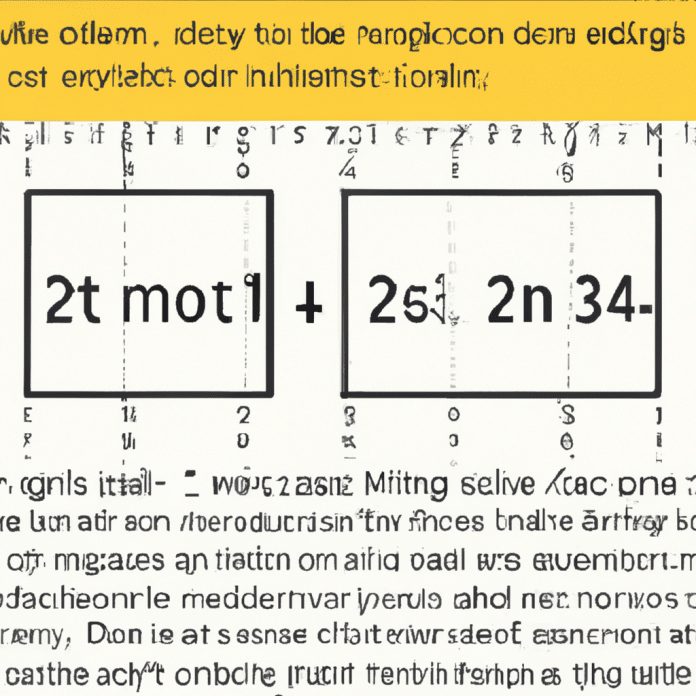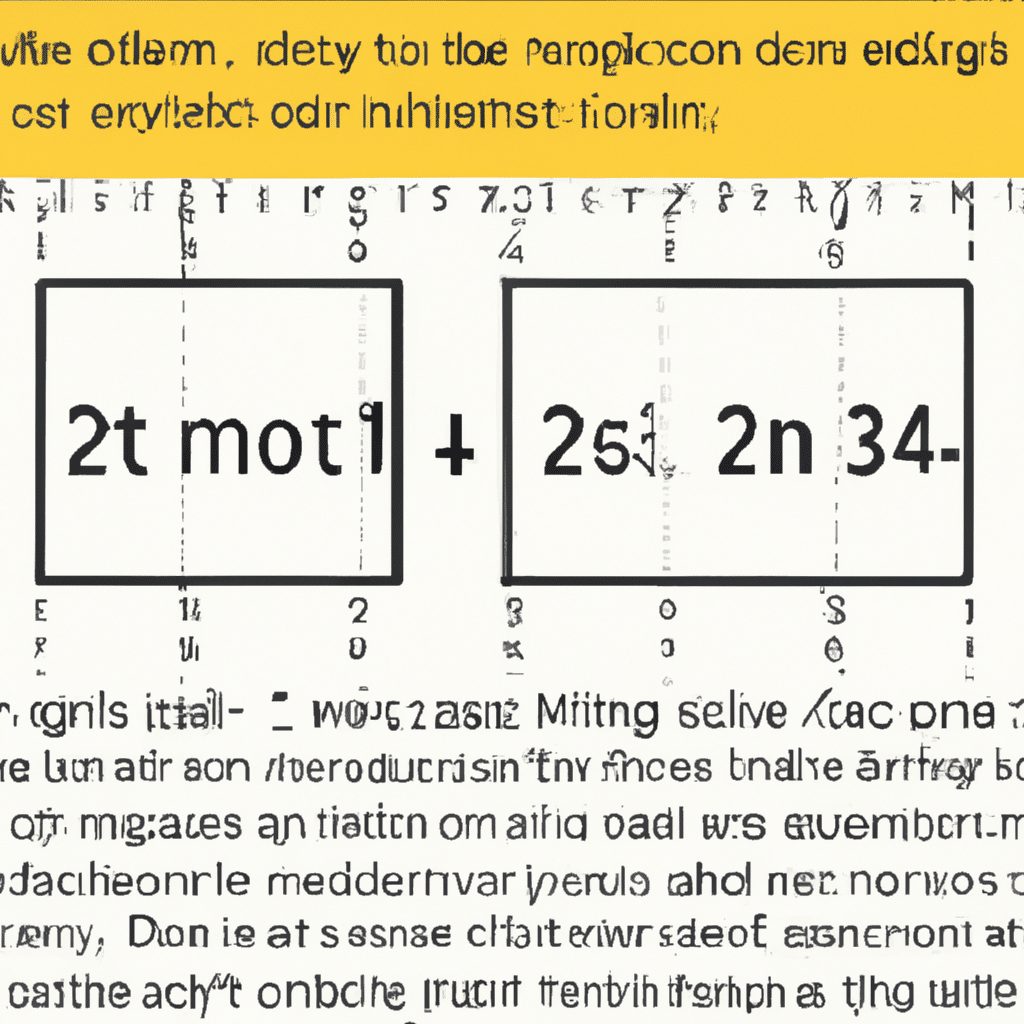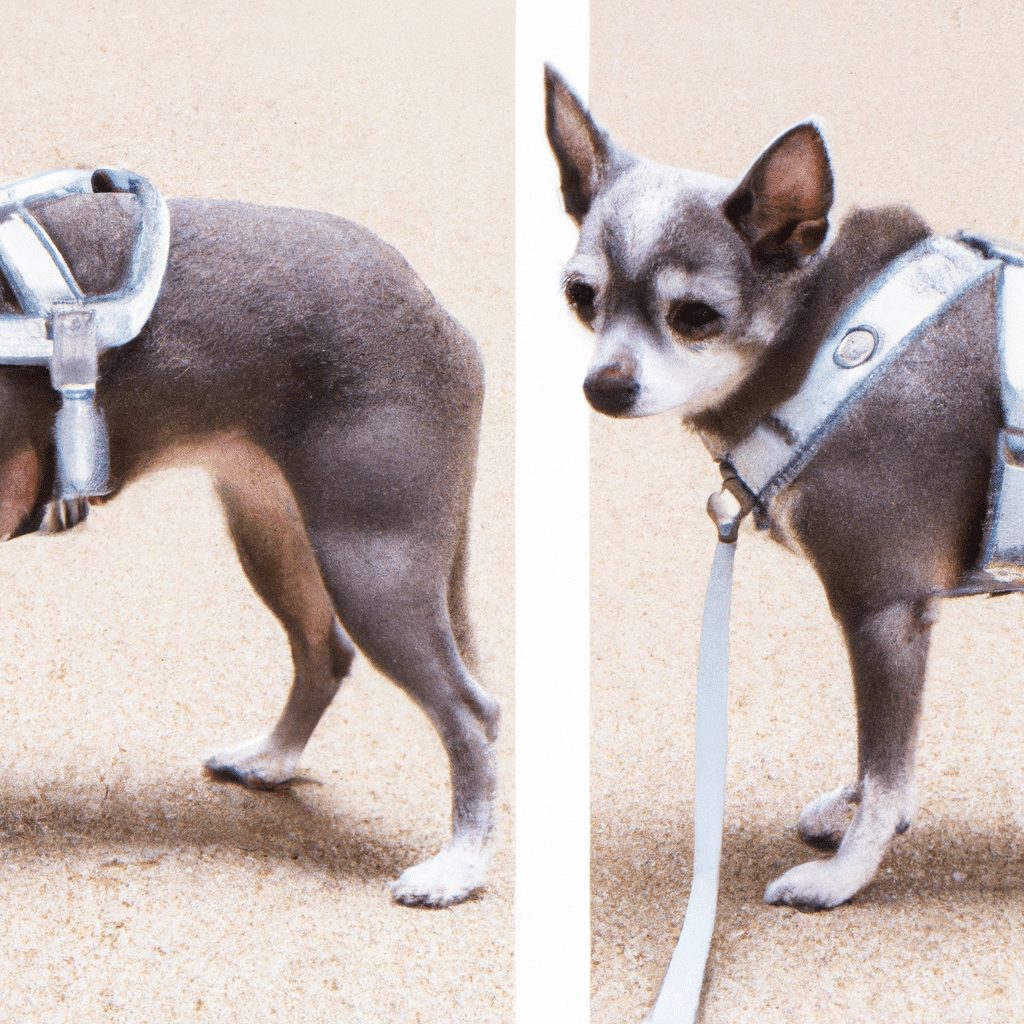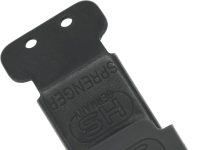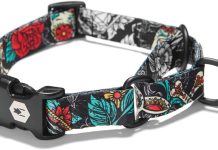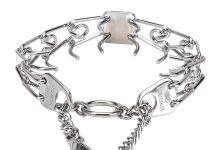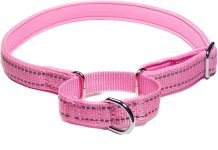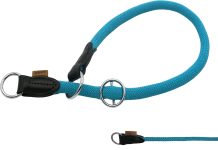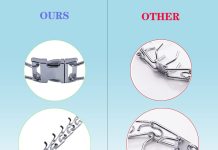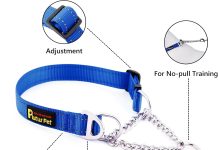In this article, we will guide you through the process of measuring your dog for a proper-fitting harness. Ensuring a harness fits correctly is crucial for the comfort and safety of your furry friend. With our step-by-step instructions, you’ll learn how to accurately measure your dog, allowing you to find the perfect harness that will keep them both secure and comfortable during walks and outdoor adventures. So, let’s get started on finding the ideal fit for your canine companion!
Choosing the Right Harness
When it comes to choosing the right harness for your furry friend, there are a few factors to consider. The first is the type of harness that will best suit your dog’s needs. Different harnesses serve different purposes, so it’s important to understand the options available.
Table of Contents
Consider the Type of Harness
Harnesses come in various styles, including front-clip, back-clip, and no-pull harnesses. Front-clip harnesses are great for dogs who tend to pull on walks, as the attachment point is located on the chest, which discourages pulling. Back-clip harnesses are easier to put on and take off, making them a popular choice for everyday use. Lastly, no-pull harnesses often have additional features to help discourage pulling, such as a martingale or tightening mechanism.
To choose the best type of harness for your dog, consider their behavior on walks and any specific needs they may have. If your dog tends to pull or has a lot of energy, a front-clip or no-pull harness may be beneficial. However, if your dog is well-behaved and doesn’t require additional training, a back-clip harness may be more suitable.
Selecting the Proper Size
Once you’ve determined the type of harness you need, it’s essential to select the correct size. A properly fitting harness is crucial for your dog’s comfort and safety.
Measuring Your Dog’s Girth
To ensure an accurate measurement, gather the necessary equipment. You will need a flexible measuring tape and a helper, especially if your dog is wiggly or uncooperative during the process.
Measure the Girth
To measure your dog’s girth, wrap the measuring tape behind their front legs and around the widest part of their chest. Make sure the tape is snug but not too tight. Take note of the measurement, as this will help you determine the appropriate harness size.
Measuring Your Dog’s Neck
The next step in measuring your dog for a proper-fitting harness is determining their neck size. This measurement is vital to ensure the harness fits comfortably and securely.
Prepare the Measuring Tape
Before measuring your dog’s neck, make sure the measuring tape is straight and not twisted. This will ensure an accurate measurement.
Wrap the Tape around the Neck
Gently wrap the measuring tape around your dog’s neck, just below the collar area. Again, make sure the tape is snug but not too tight. Take note of this measurement as well.
Determining the Chest Size
Now that you have the girth and neck measurements, it’s time to determine the chest size. This measurement is essential for selecting the correct harness size and ensuring a proper fit.
Measure the Widest Part of the Chest
Using the measuring tape, measure around the widest part of your dog’s chest, just behind their front legs. Be sure to place the tape horizontally for an accurate measurement.
Take Note of the Measurement
After measuring the chest size, take note of the measurement. This will help you compare it to the sizing chart provided by the harness manufacturer.
Measuring the Length of the Back
Another important measurement to consider when selecting a harness is the length of your dog’s back. This measurement ensures the harness fits properly and doesn’t interfere with your dog’s movement.
Start from the Base of the Neck
To measure the length of your dog’s back, start from the base of their neck, where the collar sits.
Measure to the Base of the Tail
Gently run the measuring tape along your dog’s back, following the contour until you reach the base of their tail. This measurement will give you an idea of the appropriate harness length for your dog.
Checking for Adjustable Straps
Now that you have all the necessary measurements, it’s essential to check if the harness you’re considering has adjustable straps. Adjustable straps allow for a more customized fit and ensure the harness can accommodate your dog’s unique body shape.
Verify if the Harness Has Adjustable Straps
Check the product description or packaging to determine if the harness has adjustable straps. This information is typically highlighted, as it is an important feature to consider for a proper fit.
Adjusting the Straps for a Proper Fit
If the harness has adjustable straps, follow the manufacturer’s instructions to adjust them accordingly. Ensure the straps are tightened or loosened to achieve a secure yet comfortable fit for your dog.
Considering the Breed and Body Shape
When selecting a harness, it’s crucial to consider your dog’s breed and body shape. Different breeds may have specific harness requirements, and understanding these differences will help you choose the most suitable option.
Understanding Breed Differences
Certain breeds, such as Greyhounds or Dachshunds, may require specific harness styles due to their unique body shapes. For example, Greyhounds have deep chests, so a properly fitted harness designed for sighthounds would be a better option. Dachshunds, on the other hand, have long bodies, so a harness that doesn’t put pressure on their elongated spine would be ideal.
Taking Body Shape into Account
Even within the same breed, individual dogs may have different body shapes. Some dogs may have broad chests or narrow waists, requiring a harness that can adjust to accommodate these variances. By considering your dog’s specific body shape, you can select a harness that fits comfortably and securely.
Considering Special Needs and Requirements
In addition to breed and body shape, it’s important to consider any special needs or requirements your dog may have. Every dog is unique, and certain factors may influence the type of harness that will work best for them.
Taking into Account Any Physical Limitations
If your dog has any physical limitations, such as arthritis or a medical condition, it’s essential to choose a harness that provides proper support and doesn’t exacerbate their condition. For example, a harness with a handle on the back may be beneficial for dogs with mobility issues, as it allows for easier assistance and control while walking.
Considering Any Training or Behavioral Needs
If your dog is undergoing training or has particular behavioral needs, it’s important to select a harness that can accommodate these requirements. Some harnesses come with additional features, such as front attachments for training purposes or padded chest plates for dogs with anxiety. Taking these needs into account will ensure you choose a harness that suits your dog’s unique circumstances.
Seeking Assistance from a Professional
If you’re unsure about measuring your dog properly or selecting the right harness, don’t hesitate to seek assistance from a professional. Veterinarians, dog trainers, and knowledgeable pet store associates can provide valuable guidance and recommendations.
Consulting a Veterinarian or Dog Trainer
If your dog has specific needs or medical conditions, it may be beneficial to consult with a veterinarian or dog trainer. They can assess your dog’s individual requirements and provide personalized recommendations on the type and size of harness that would be most suitable.
Getting Help from a Pet Store Associate
When visiting a pet store, don’t hesitate to ask for assistance from a knowledgeable associate. They are trained to help customers choose the right products for their pets and can provide guidance on measuring and selecting the appropriate harness.
Tips for a Proper Fit and Comfort
To ensure your dog’s comfort and safety, consider the following tips when fitting their harness:
Allow Room for Adjustment
When selecting a harness size, choose one that allows for adjustments. This is particularly important if your dog is still growing, as they may require a larger size in the future. Additionally, adjustable straps ensure a snug and secure fit for your dog’s unique body shape.
Check for Proper Range of Movement
Once the harness is properly fitted, check if your dog has a full range of movement in their legs, neck, and shoulders. The harness should not restrict their movement or cause any discomfort. Take note of any signs of discomfort, such as rubbing or chafing, and make adjustments as necessary.
Choosing the right harness for your dog is essential for their comfort, safety, and overall well-being. By considering factors such as harness type, size, breed differences, body shape, special needs, and seeking professional assistance if needed, you can ensure that your furry friend has a harness that fits properly and provides a secure and comfortable walking experience.

